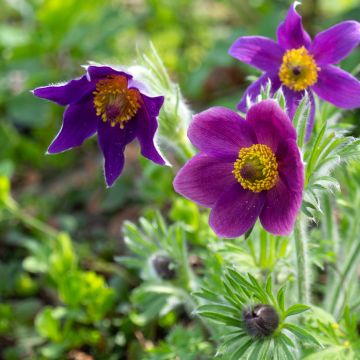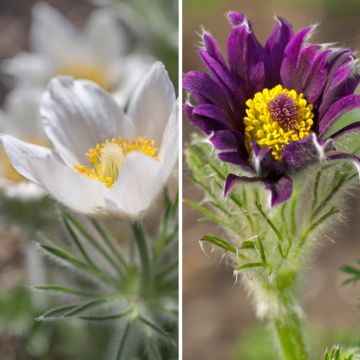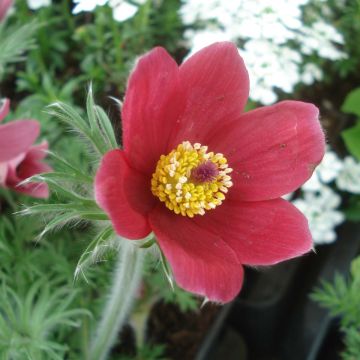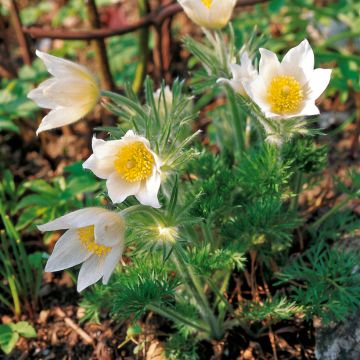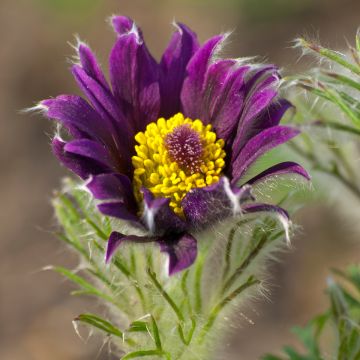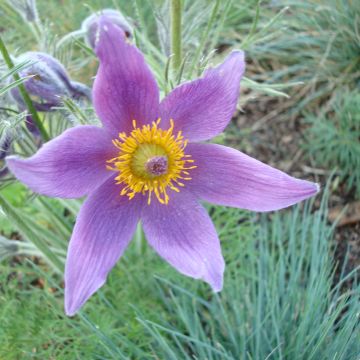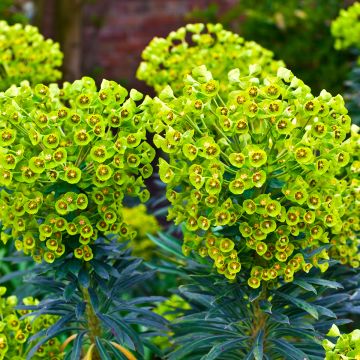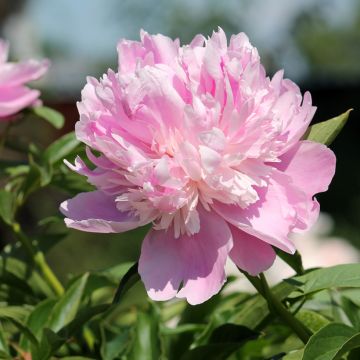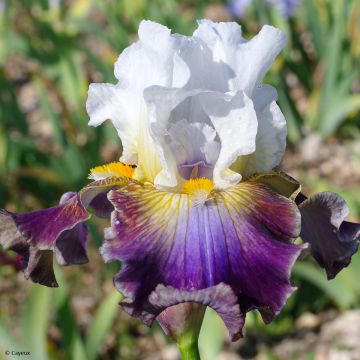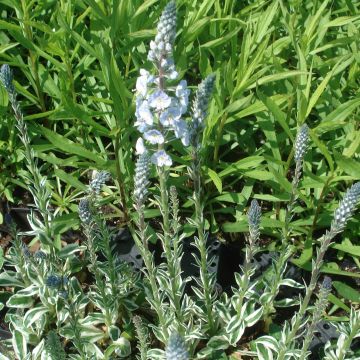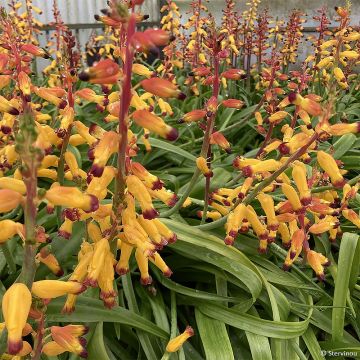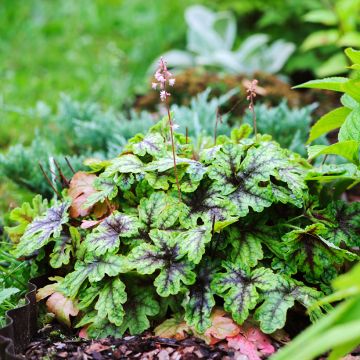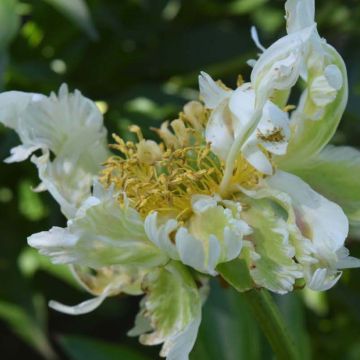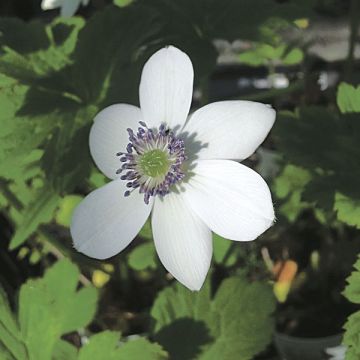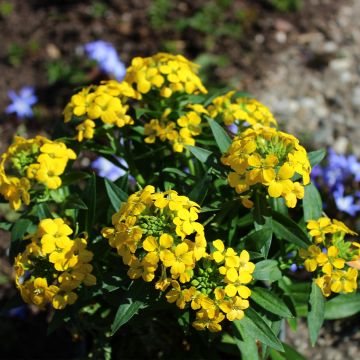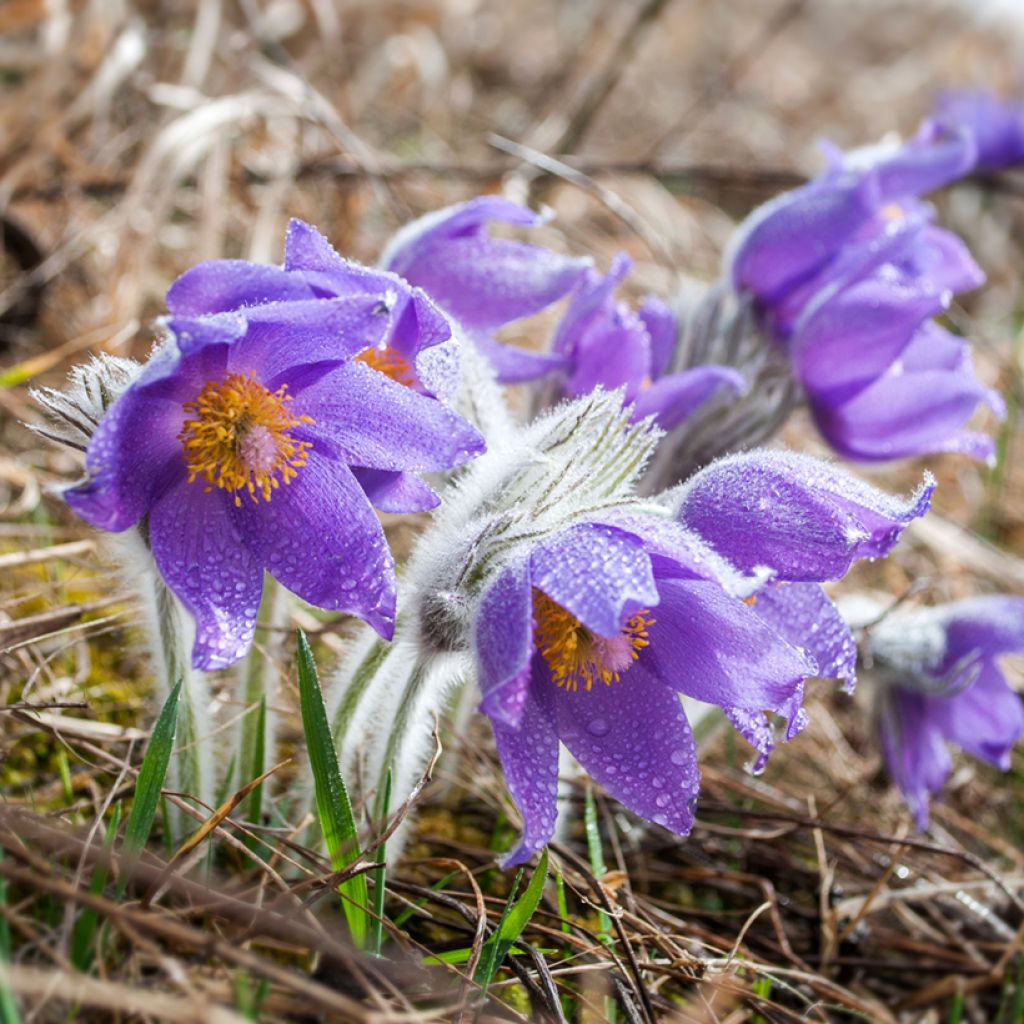

Pulsatilla patens
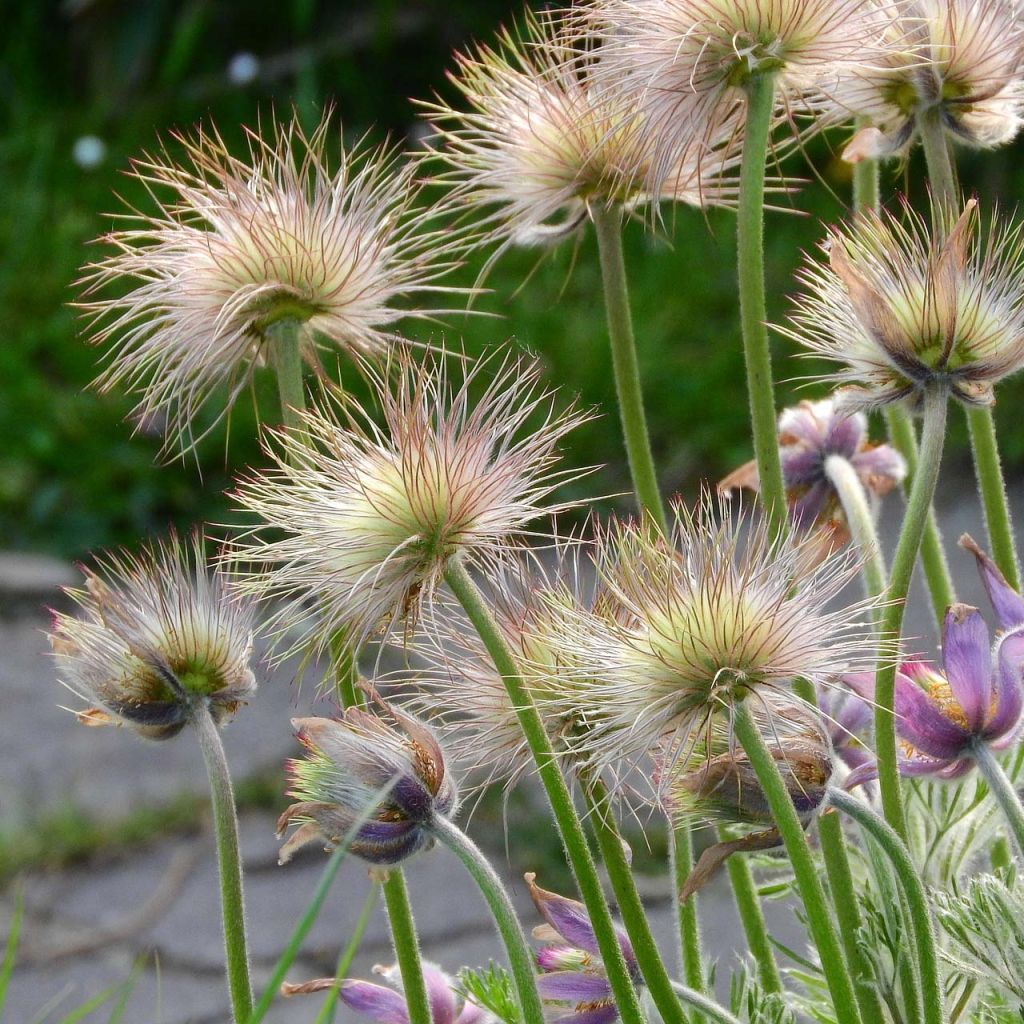

Pulsatilla patens
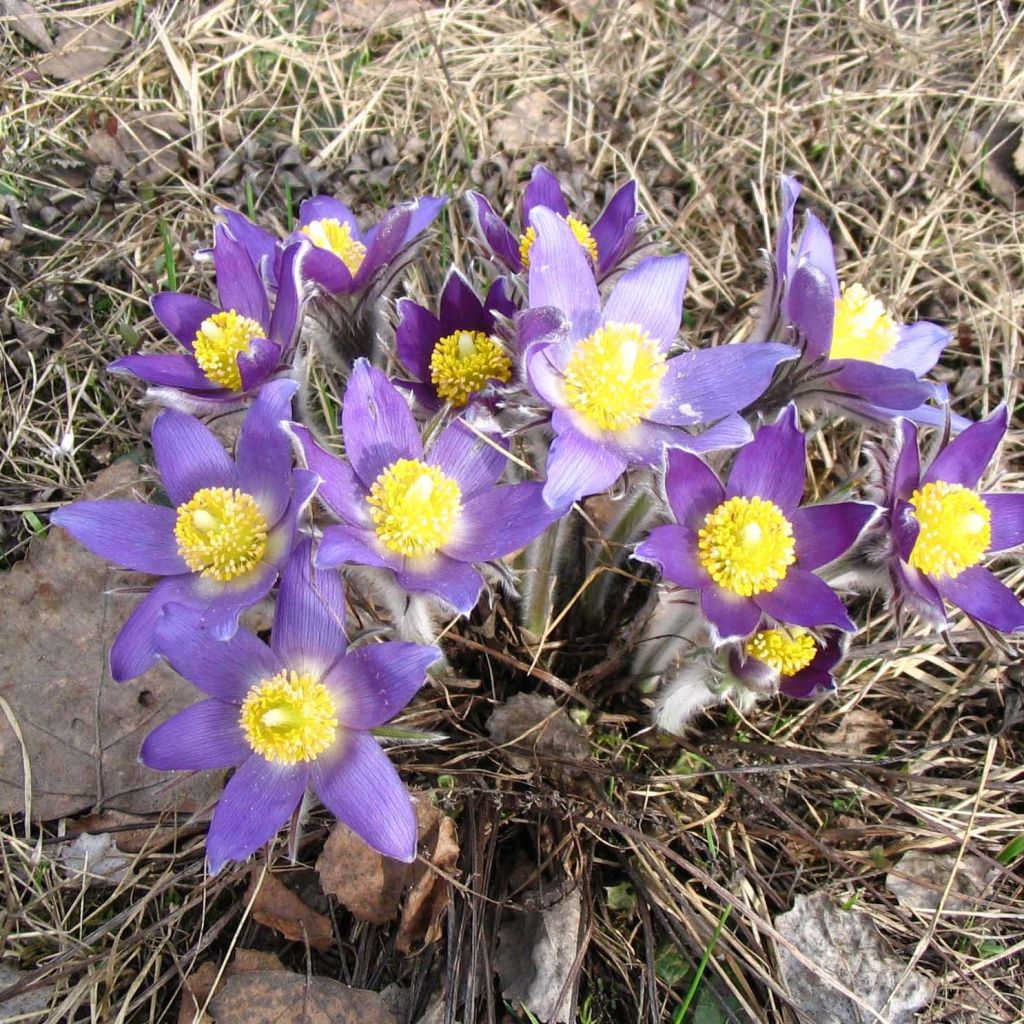

Pulsatilla patens
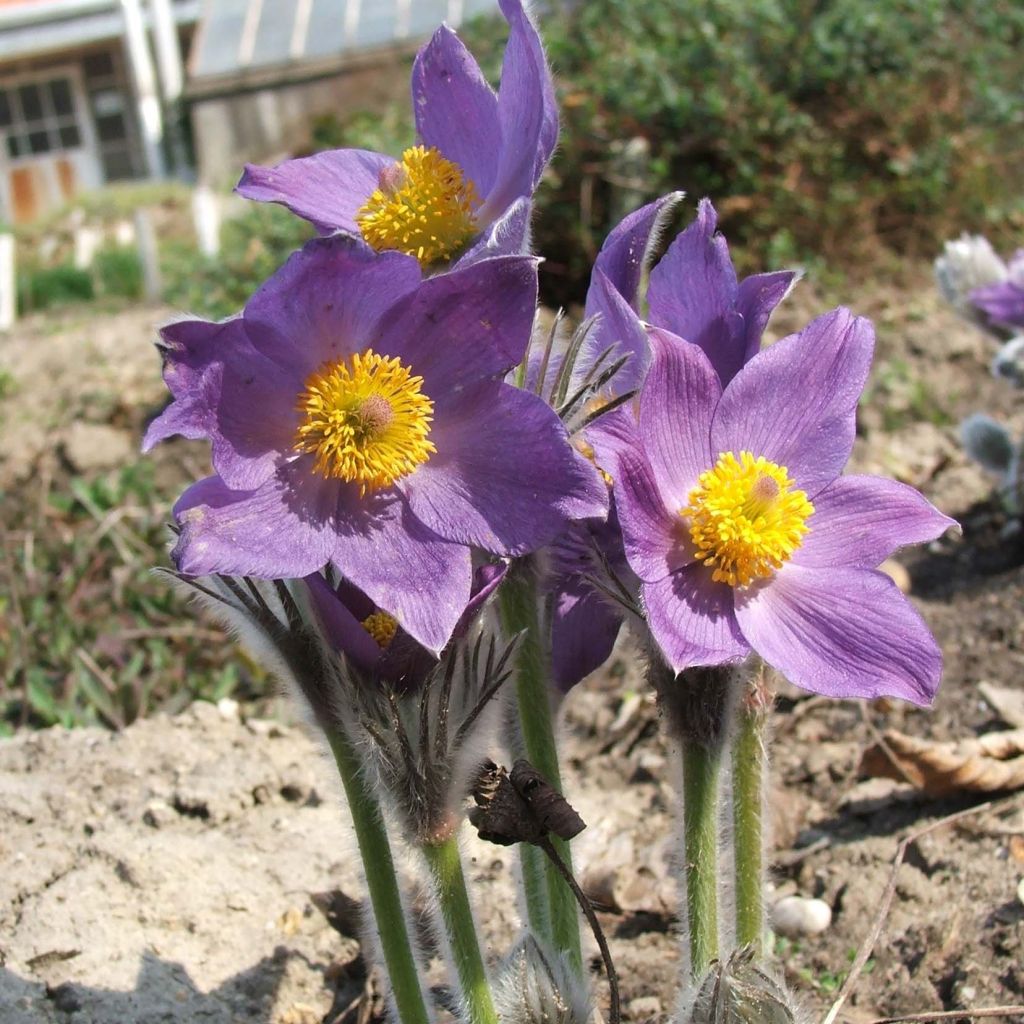

Pulsatilla patens
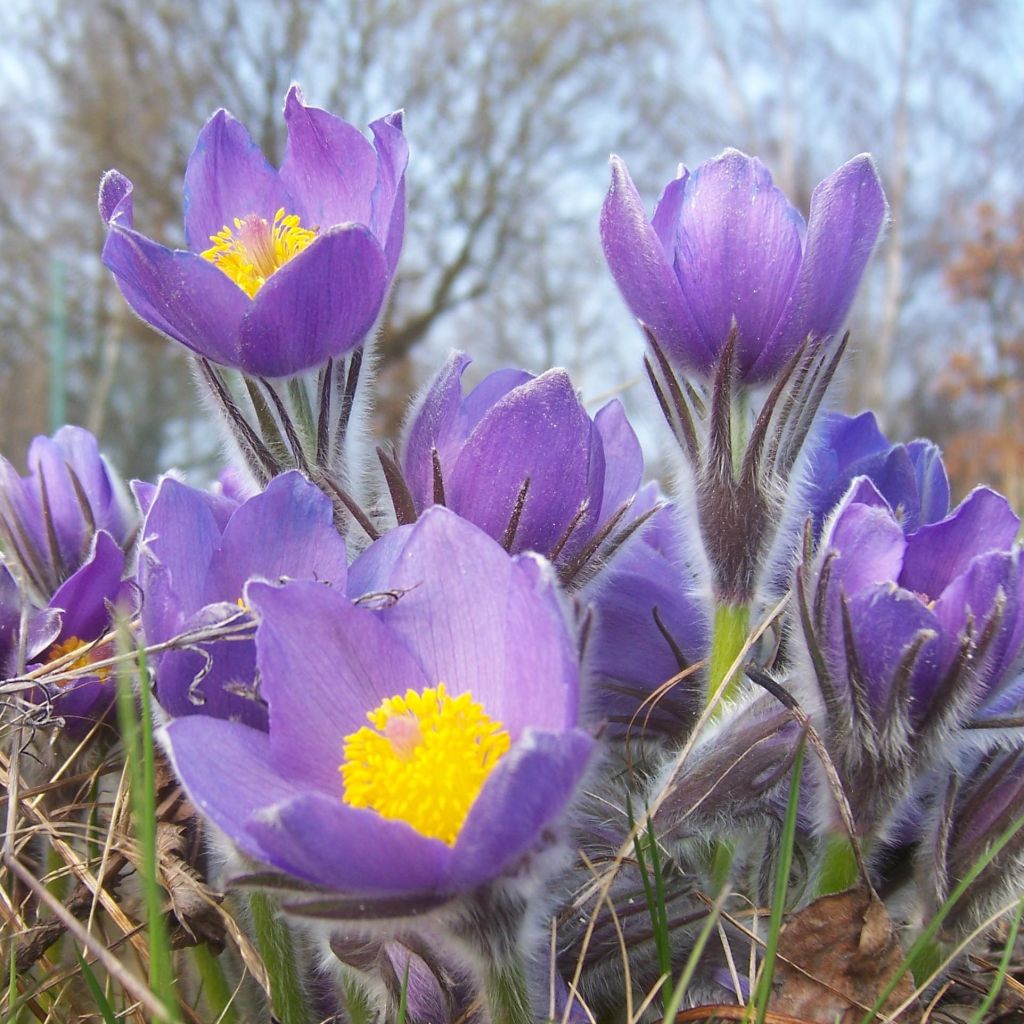

Pulsatilla patens
Pulsatilla patens
Pulsatilla patens
Eastern Pasqueflower, Prairie Crocus, Cutleaf Anemone
Completely satisfied
Michèle, 20/04/2021
This item cannot be shipped to the selected country
Delivery charge from €5.90
More information
Schedule delivery date,
and select date in basket
This plant carries a 12 months recovery warranty
More information
We guarantee the quality of our plants for a full growing cycle, and will replace at our expense any plant that fails to recover under normal climatic and planting conditions.
From €5.90 for pickup delivery and €6.90 for home delivery
Express home delivery from €8.90.

Does this plant fit my garden?
Set up your Plantfit profile →
Description
Pulsatilla patens, also known as Pasqueflower, is often the first plant to bloom after winter in the desolate and extremely cold expanses of Siberia, Northern Europe, and the windswept Great Plains of North America. Discreet yet elegant, this small perennial offers bright lavender bell-shaped flowers with a golden heart, which appear as its foliage emerges from the ground. Later, until summer, it remains decorative with its vegetation entirely covered in silvery bristles, adorned with an equally interesting feathery fruiting. This resilient plant, however, fears competition from its neighbours: give it a place in a sunny alpine rockery, a rocky slope, or a gravel border.
The Pulsatilla patens belongs to the family of ranunculaceae. It is native to meadows, subalpine meadows, tundra, as well as rocky and dry areas in northern Europe, Siberia, and the United States (from Alaska to southern Washington, New Mexico, Texas, and Illinois). Hardy down to -30°C (-22°F), it is a plant that thrives in rocky, well-drained, and calcareous soil with a pH of 7 to 8. Pulsatilla patens is the emblem of the Manitoba region in Canada and the state of South Dakota in the USA.
This is a small herbaceous perennial with a tuberous rootstock of medium growth, forming a tuft 15 cm (6in) tall and 25 cm (10in) wide. It is particularly hairy: covered in remarkable silvery hairs that extends to the leaves, stem, bud, and outer surface of the petals. The floral bud has the appearance of a very hairy sheath of grey-green colour. It blooms into a single flower, forming a cup that may resemble a crocus flower. Each flower is composed of 6 star-shaped petals in mauve-blue colour, arranged around a golden yellow heart filled with stamens. The flowers bloom from March to May, depending on the climate, at the top of velvety and purplish stems adorned with a small collar of finely cut leaves. After flowering, the finely cut and hairy silver foliage emerges from the rootstock. Following the flowering, a fruiting appears in the form of grey-silver plumes, resembling a small shiny wig like some clematis, which will enhance and prolong the interest of the plant.
Pasqueflower strongly prefers cold winters, poor, rocky, and calcareous soils, and sunlight. Plant it in a raised bed enriched with gravel, in a rockery, on a rocky slope, or to border a staircase, in association with small grasses (stipa, fescues), sedums, or botanical narcissus that won't overshadow it or suffocate its rootstock. This plant only opens in the sun and closes at the slightest drop of rain, moving in the wind like a small weather vane waiting for the shower to pass. It will appreciate a partially shaded afternoon exposure in our hottest regions.
Report an error about the product description
Pulsatilla patens in pictures
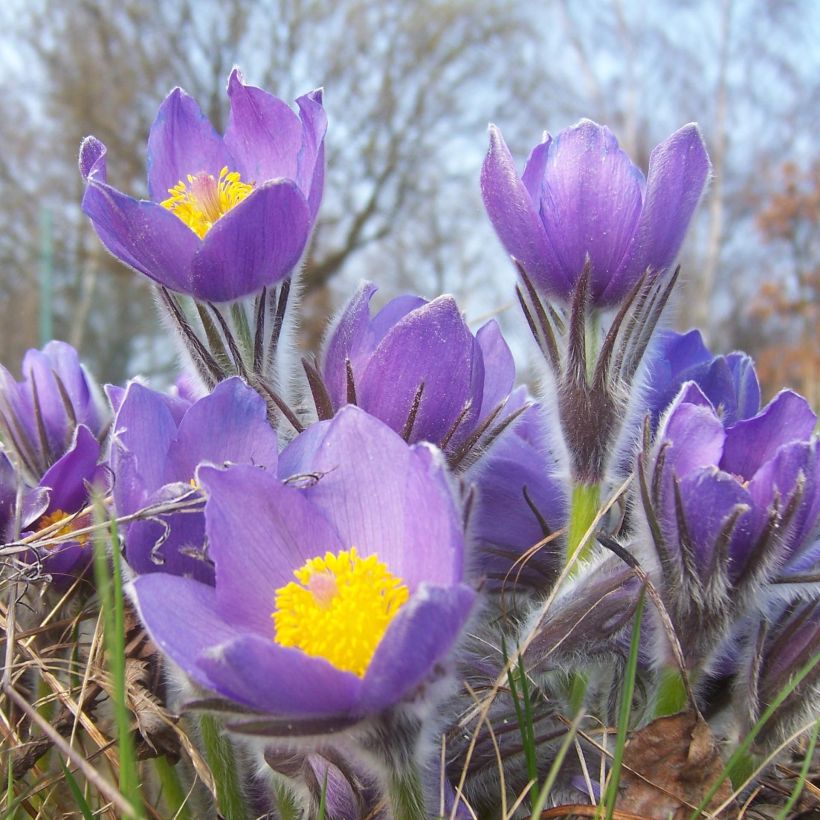

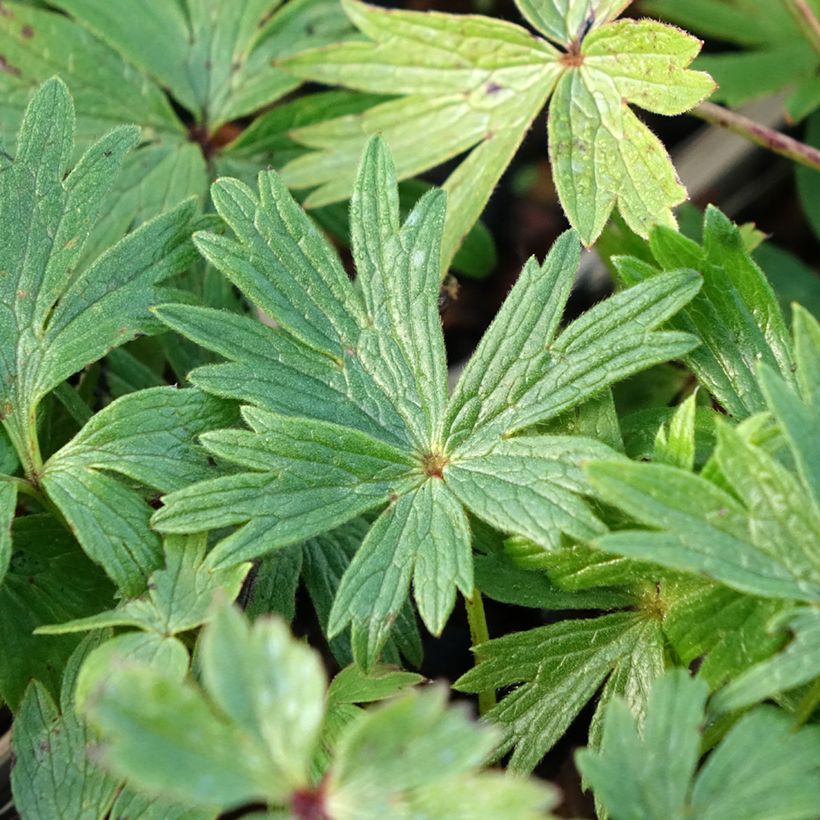

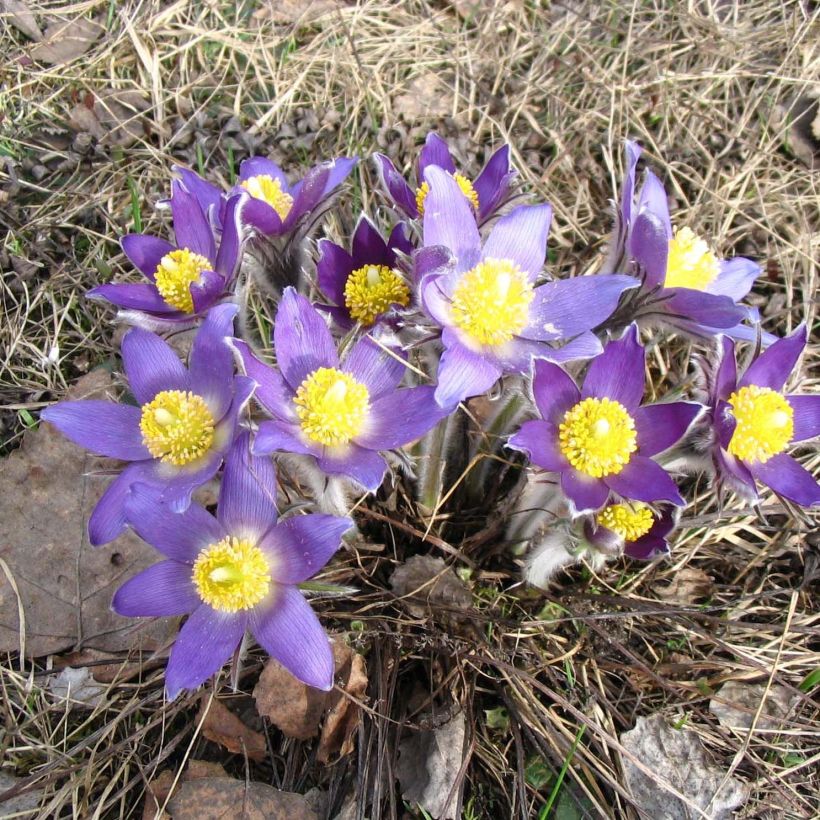

Flowering
Foliage
Plant habit
Botanical data
Pulsatilla
patens
Ranunculaceae
Eastern Pasqueflower, Prairie Crocus, Cutleaf Anemone
Eastern Europe
Other Pulsatilla- Pasque Flower
Planting and care
The Pulsatilla patens is a young plant that thrives in harsh climates and poor soils. It has excellent hardiness, but does not like to be disturbed once established. It grows in sunny locations, in well-drained, dry to moist, rather poor, limestone and rocky soils. Acidic soils do not seem to suit it. It dislikes overly wet soils in winter and heavy (clayey) soils, and appreciates cold and dry winters that prolong its lifespan. It may suffer from hot summers. Protect it from competition with other plants that could shade it or smother its stump. Also watch out for attacks from slugs and snails in spring.
Planting period
Intended location
Care
-
, onOrder confirmed
Reply from on Promesse de fleurs
Spring flowering perennials
Haven't found what you were looking for?
Hardiness is the lowest winter temperature a plant can endure without suffering serious damage or even dying. However, hardiness is affected by location (a sheltered area, such as a patio), protection (winter cover) and soil type (hardiness is improved by well-drained soil).

Photo Sharing Terms & Conditions
In order to encourage gardeners to interact and share their experiences, Promesse de fleurs offers various media enabling content to be uploaded onto its Site - in particular via the ‘Photo sharing’ module.
The User agrees to refrain from:
- Posting any content that is illegal, prejudicial, insulting, racist, inciteful to hatred, revisionist, contrary to public decency, that infringes on privacy or on the privacy rights of third parties, in particular the publicity rights of persons and goods, intellectual property rights, or the right to privacy.
- Submitting content on behalf of a third party;
- Impersonate the identity of a third party and/or publish any personal information about a third party;
In general, the User undertakes to refrain from any unethical behaviour.
All Content (in particular text, comments, files, images, photos, videos, creative works, etc.), which may be subject to property or intellectual property rights, image or other private rights, shall remain the property of the User, subject to the limited rights granted by the terms of the licence granted by Promesse de fleurs as stated below. Users are at liberty to publish or not to publish such Content on the Site, notably via the ‘Photo Sharing’ facility, and accept that this Content shall be made public and freely accessible, notably on the Internet.
Users further acknowledge, undertake to have ,and guarantee that they hold all necessary rights and permissions to publish such material on the Site, in particular with regard to the legislation in force pertaining to any privacy, property, intellectual property, image, or contractual rights, or rights of any other nature. By publishing such Content on the Site, Users acknowledge accepting full liability as publishers of the Content within the meaning of the law, and grant Promesse de fleurs, free of charge, an inclusive, worldwide licence for the said Content for the entire duration of its publication, including all reproduction, representation, up/downloading, displaying, performing, transmission, and storage rights.
Users also grant permission for their name to be linked to the Content and accept that this link may not always be made available.
By engaging in posting material, Users consent to their Content becoming automatically accessible on the Internet, in particular on other sites and/or blogs and/or web pages of the Promesse de fleurs site, including in particular social pages and the Promesse de fleurs catalogue.
Users may secure the removal of entrusted content free of charge by issuing a simple request via our contact form.
The flowering period indicated on our website applies to countries and regions located in USDA zone 8 (France, the United Kingdom, Ireland, the Netherlands, etc.)
It will vary according to where you live:
- In zones 9 to 10 (Italy, Spain, Greece, etc.), flowering will occur about 2 to 4 weeks earlier.
- In zones 6 to 7 (Germany, Poland, Slovenia, and lower mountainous regions), flowering will be delayed by 2 to 3 weeks.
- In zone 5 (Central Europe, Scandinavia), blooming will be delayed by 3 to 5 weeks.
In temperate climates, pruning of spring-flowering shrubs (forsythia, spireas, etc.) should be done just after flowering.
Pruning of summer-flowering shrubs (Indian Lilac, Perovskia, etc.) can be done in winter or spring.
In cold regions as well as with frost-sensitive plants, avoid pruning too early when severe frosts may still occur.
The planting period indicated on our website applies to countries and regions located in USDA zone 8 (France, United Kingdom, Ireland, Netherlands).
It will vary according to where you live:
- In Mediterranean zones (Marseille, Madrid, Milan, etc.), autumn and winter are the best planting periods.
- In continental zones (Strasbourg, Munich, Vienna, etc.), delay planting by 2 to 3 weeks in spring and bring it forward by 2 to 4 weeks in autumn.
- In mountainous regions (the Alps, Pyrenees, Carpathians, etc.), it is best to plant in late spring (May-June) or late summer (August-September).
The harvesting period indicated on our website applies to countries and regions in USDA zone 8 (France, England, Ireland, the Netherlands).
In colder areas (Scandinavia, Poland, Austria...) fruit and vegetable harvests are likely to be delayed by 3-4 weeks.
In warmer areas (Italy, Spain, Greece, etc.), harvesting will probably take place earlier, depending on weather conditions.
The sowing periods indicated on our website apply to countries and regions within USDA Zone 8 (France, UK, Ireland, Netherlands).
In colder areas (Scandinavia, Poland, Austria...), delay any outdoor sowing by 3-4 weeks, or sow under glass.
In warmer climes (Italy, Spain, Greece, etc.), bring outdoor sowing forward by a few weeks.

































